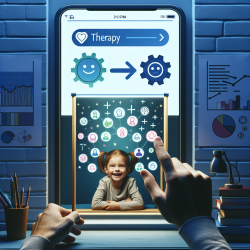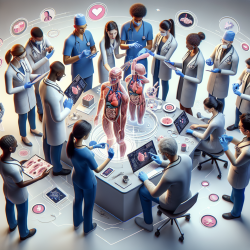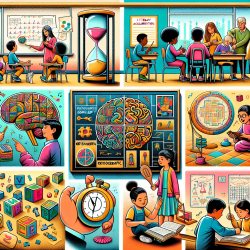Introduction
In an era where global interconnectedness is pivotal, the internationalization of medical education (IoME) has emerged as a crucial element in shaping future healthcare leaders. The research article titled "An International Partnership of 12 Anatomy Departments – Improving Global Health through Internationalization of Medical Education" presents a groundbreaking initiative that leverages international collaboration to enhance medical education and global health outcomes.
The Power of International Collaboration
The study highlights a unique partnership involving twelve anatomy departments across ten countries, spanning four continents. This collaboration aims to prepare future global healthcare leaders by fostering early international networking, intercultural experiences, and collaboration in medical education. By connecting anatomy—a fundamental academic discipline—with global health, the program bridges the gap between seemingly distant fields.
Key Outcomes and Their Implications
Through a structured program involving virtual small group discussions, international videoconferences, and in-person research internships, students gained valuable insights beyond traditional anatomy education. They explored diverse healthcare education systems, public health challenges, health ethics, and cultural differences. These experiences not only enriched their understanding but also inspired them to pursue further learning in these areas.
Applying Insights to Speech-Language Pathology
For practitioners in speech-language pathology, the lessons from this international collaboration can be transformative. Here are some actionable insights:
- Embrace Global Perspectives: Incorporate international case studies and cultural contexts into your practice to enhance your understanding of diverse client needs.
- Foster Interdisciplinary Collaboration: Collaborate with professionals from various fields to address complex communication disorders holistically.
- Leverage Technology: Utilize online platforms for virtual collaborations and telepractice to reach clients in remote or underserved areas.
Encouraging Further Research
The success of this international program underscores the importance of continuous research and innovation in medical education. Practitioners are encouraged to explore further research opportunities, engage in international collaborations, and contribute to the growing body of knowledge in their respective fields.
Conclusion
This international partnership demonstrates the potential of global collaboration in transforming medical education and improving healthcare outcomes. By embracing these insights, speech-language pathologists and other healthcare professionals can enhance their practice and contribute to a more interconnected and effective global healthcare system.
To read the original research paper, please follow this link: An International Partnership of 12 Anatomy Departments – Improving Global Health through Internationalization of Medical Education.










